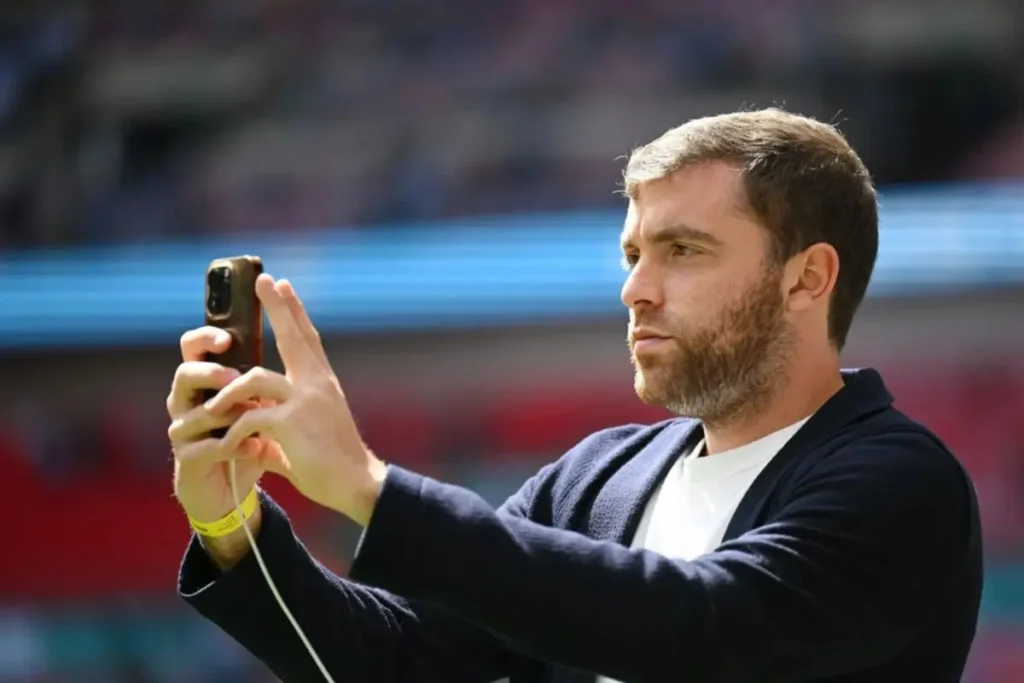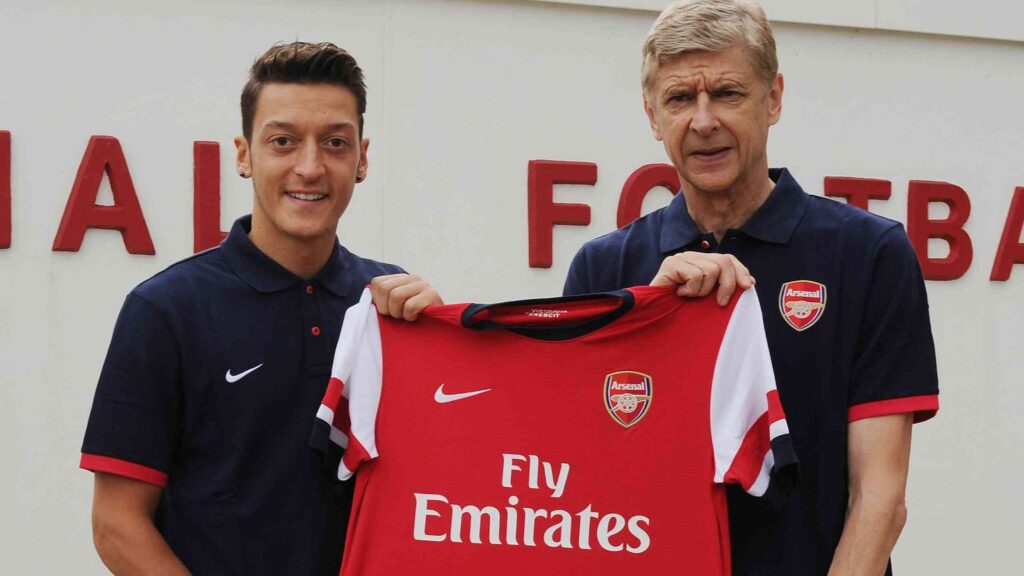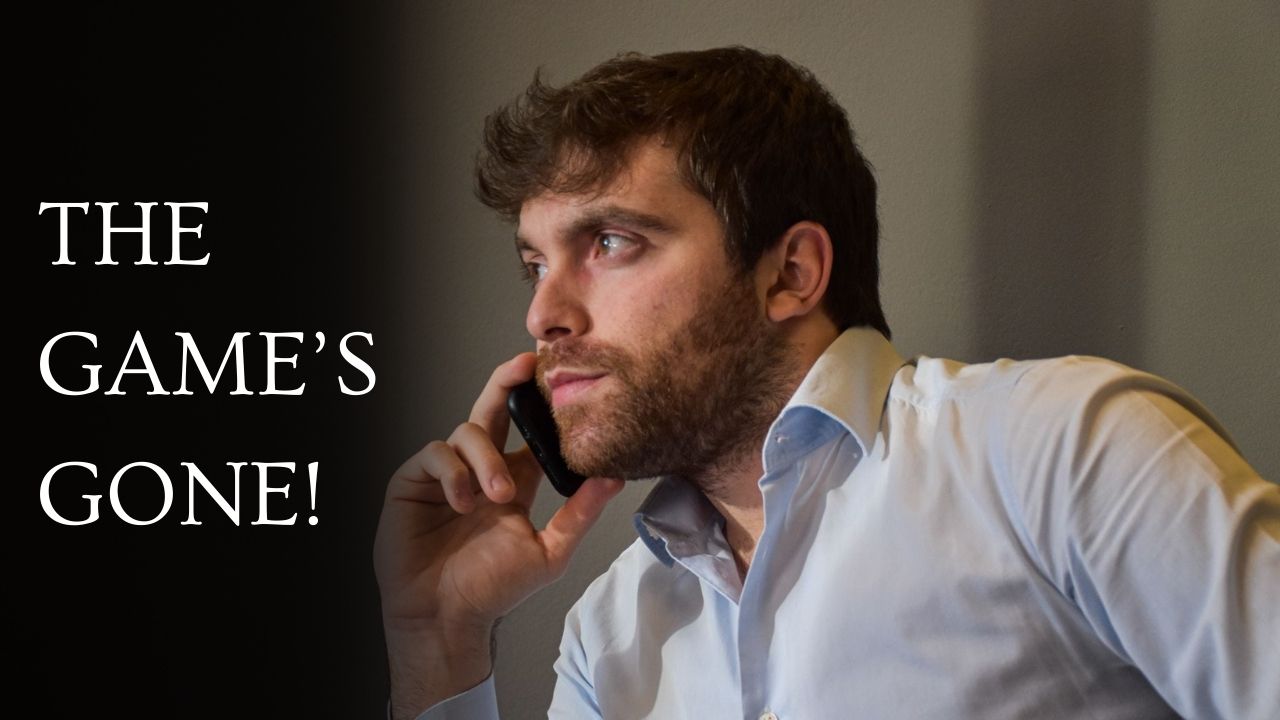If you’ve been a football fan long enough, you’ll remember the rush. Deadline Day wasn’t just a date on the calendar — it was an event.
Yellow tickers rolling on Sky Sports, fans crowding outside training grounds, managers rushing in and out of cars, and helicopters spotted in the sky with “unconfirmed reports” that a player was on board.
Back in 2013, Arsenal fans discovered in real time that Mesut Özil was signing from Real Madrid.
Sky’s broadcast made it feel like election night — updates, polls, and suspense building by the minute. It was chaotic, unpredictable, and addictive.
Fast forward to now, and transfers feel… different. Less drama. Less chaos. Almost too predictable.
The question is: how did something that once felt like theatre turn into a stream of routine updates?
Let’s break it down.
From Chaos to Control: The Old Transfer Window
The Wild West of Rumours
Before Twitter, TikTok, and Fabrizio Romano, transfer news came through newspapers, radio, and late-night TV broadcasts.
Fans relied on Teletext in the UK, or premium phone lines that made you wait minutes just to hear a single rumor about your club.
Then came Sky Sports. They took all that desperation and turned it into a full-blown production. Yellow ties, countdown clocks, and roving reporters outside stadiums.
Fans remember Peter Odemwingie showing up at QPR’s ground in his car, only to be denied entry because the deal didn’t exist. Deadline Day became theatre — sometimes even comedy.
Every fan tuned in, not just for their own club’s news, but for the drama itself.
Enter the Social Media Era
One Man Changed Everything

Then came Fabrizio Romano. Armed with nothing but his phone, his contacts, and the now-iconic words — “Here we go.”
Romano brought speed, accuracy, and relentless updates at a time when social media was drowning in fake “ITK” accounts.
Suddenly, instead of waiting for Sky or newspapers, fans got their news directly from Twitter and Instagram in real time. Clubs even started timing their official announcements after Fabrizio’s tweets.
For fans, this felt revolutionary. No more uncertainty. No more fakes. Just pure information. But as Romano’s influence grew, the way we experienced transfers started to change.
The Death of Suspense
Too Much Information?
Here’s the thing: football thrives on drama. But when every single step of a deal is tweeted, reported, and live-streamed, there’s no room for surprise.
A big transfer used to break out of nowhere. Now? By the time it’s announced, we’ve already seen:
- The initial “talks ongoing” updates.
- The “personal terms agreed” tweet.
- The “medical booked for tomorrow” post.
- The “deal signed, announcement expected at 3 PM” video.
🚨🔵 Chelsea and Man United, locked in talks for Alejandro Garnacho’s transfer.#CFC confirmed their proposal worth £35/40m as total package, waiting for Man United’s green light.
The deal will happen, just matter of time… as Garnacho only wants Chelsea.
Here we go, soon 🔜 pic.twitter.com/ymPwMJ6CyD
— Fabrizio Romano (@FabrizioRomano) August 27, 2025
By the time the club finally posts the shiny unveiling video, it feels less like a twist and more like the tracking updates on a delivery. The magic is gone.
Why Fans Feel Different Now
From Theatre to Transactions
Fans once felt like participants in the chaos. Today, they feel like observers of a process.
Instead of unpredictable sagas — Ryan Babel’s helicopter, faxes failing for David de Gea, or a shock Ronaldo return — we get predictable stages of a transfer saga, tweeted step by step.
It’s not just Romano, of course. Social media algorithms reward frequency, not suspense.
Clubs themselves also play into this — dropping endless teasers and “cryptic” emoji posts before the real announcement.
Transfers have become marketing campaigns rather than shocks.
The Backlash and the Shift
Fans Want the Chaos Back
As Romano’s presence grew, so did criticism. Some fans accuse him of spamming updates with little new information.
Others point out that his posts often feel like PR for agents or clubs. His coverage of controversial players has drawn backlash.
Meanwhile, journalists like David Ornstein, who post less frequently but with more carefully curated updates, are gaining respect among fans who miss the suspense of “less but better” reporting.
It’s not that fans don’t value fast news anymore — they do. But the over-saturation has made transfers feel routine, not magical.
What We’ve Really Lost
Football as Storytelling

Think of it like Christmas. The fun isn’t just the gift — it’s the mystery, the build-up, the excitement of not knowing what’s inside.
Transfer windows used to feel like that. Now, it’s like being told what’s under the wrapping before you even open it.
We’ve lost the chaos.
We’ve lost the sudden shocks.
We’ve lost the feeling that anything could happen.
What remains is a constant scroll of updates. Useful, sure. But thrilling? Not really.
FAQs
Q1: What are the biggest deadline day transfers in football history?
Deals like Mesut Özil to Arsenal (2013), Gareth Bale to Real Madrid (2013), and Carlos Tevez to Manchester City (2009) are iconic.
Q2: Who is Fabrizio Romano and why is he important in transfer news?
Fabrizio Romano is a top football journalist known for breaking reliable transfer updates with his famous “Here we go” tagline.
Q3: Which transfer window had the most expensive signings?
The 2017 summer transfer window broke records, highlighted by Neymar’s €222m move to PSG.
Conclusion:
The transfer window used to be football’s own soap opera. Fax machines failing, players stranded in stadium car parks, and last-minute surprises that had fans glued to the screen.
Today, it feels like a system. Efficient, fast, reliable — but also predictable. Fabrizio Romano didn’t kill the magic; the entire digital era did. We traded chaos for clarity, theatre for transaction.
And while fans still care deeply about transfers, the craze — that collective madness that made deadline day unmissable — has quietly disappeared.
Maybe, just maybe, football needs a little bit of the old chaos back.


